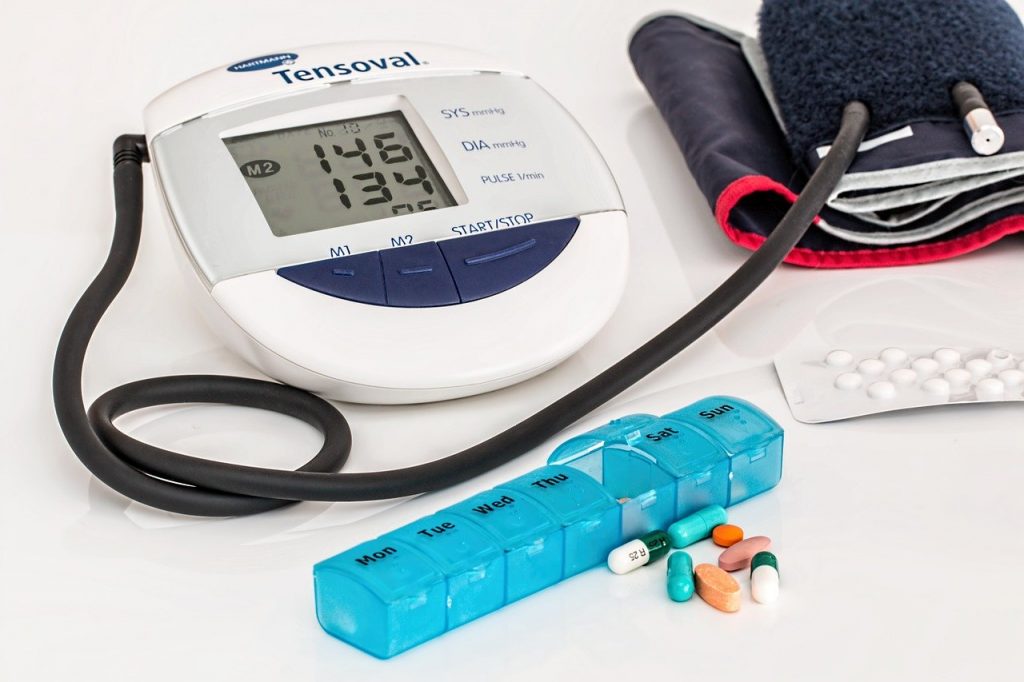Technology has brought great and successful changes in the field of medication. All these changes have made medication effortless and time-saving. Technology is incorporated with medication and treatment. This makes things accessible and deals with deadly diseases in a much better way. Patients have access to extremely good and beneficial treatments with a minimal amount of pain and better results. Improvisation of medical treatments has directly affected the quality of life of patients. You can witness many changes. Firstly, treatment processes have been simplified. Technology has brought so many pieces of machinery that let the doctor’s study about the disease in a much clearer way. Thus, the productivity of healthcare functionality has exponentially increased with the use of technology. All the heavy paperwork is transformed. Also, data is stored in a digitized manner. Let’s see how. In addition, as a student, hiring exam takers for hire will help you get more free time on your health and understanding how changes in medical technology affect healthcare costs.
Technology-driven medication
This makes data management much easier. Technology made the doctors monitor patients’ heartbeat, glucose levels, brain wave, the oxygen concentration in blood and rate of breathing. All these innovations have enabled the gathering of complete patients’ information leading to more personalized care. The lab testing techniques are changing. Overall hospitality and facilities are changed due to technology-driven medical treatment.

This development comes with an increased cost of treatment which at times is not accessible to all. Technology is increasing the cost currently. But if seen in the long run, it will be beneficial and lower the future healthcare costs.
Also Read Artificial intelligence In Everyday Life
Effect of technology on healthcare costs
According to CMS, Centers for Medicare and Medicaid Services, health care expenditures are responsible for a 40-50% increase in annual costs of a country. Studies show that within 10 years the annual healthcare cost may go from $2.1 trillion to $4 trillion. Even after such a tremendous increase, the countries and medical departments decide to invest in these technology-driven healthcare arrangements. Hence, the sole reason behind it is to improvise the probability of life on earth. Some highly responsible factors for increasing costs are growing population, ageing seniors, the discovery of deadly diseases, service utilization and the zeal of people to live. All these together result in an overall increase in medication costs.
Pivotal factors that affect healthcare costs
Population growth is a critical factor. 50% of the increase is due to a high population thereby high consumption of medical facilities. Population expansion results in high healthcare charges. Subsequently, studies show that an increase in the no. of chronic diseases like diabetes, blood pressure, depression results in more healthcare expenditures. Diabetes medication was solely responsible for the consumption of $44.4 billion in a total of $64.4 billion in costs.

Ambulatory services like emergency room care, outpatient facilities are responsible for much of healthcare costs. Technology has tremendously made advancements in emergency care and this fact makes this factor a leading reason for the increase in costs. The demand and willingness of people to live are also one of the reasons. The ageing population has shown keen interest in having a greater life span. The next reason is healthcare premiums and policies. A study by NCLS (National Council of State Legislatures) shows that the average annual premium for family healthcare rose about 8% in 2018. Besides, various government-driven programs increase medication costs.
All these factors force the industrialists and authorities to look at the matter and find some foolproof solution to it. To meet the demands and get good solutions to eradicate the disease, technology has to be incorporated with medication. Also, these technological advancements make the costs rise exponentially. Technology reduces the costs as well but the increasing factors and high demand rates make it impossible to do so. This means undoubtedly, technology increases the life rates, gives better immunity against diseases. But, the fact that it badly affects a country’s economy can never be ignored.
